1. What does the History Curriculum Look Like in Middle and High Schools
History is a social science discipline in the standard high school curriculum, rightfully earning its place as a compulsory subject. While each school sets its own academic standards and requirements, most public high schools mandate students to study social science courses for 2 to 3 years, with potential variations in private institutions.
The organization of history courses for grades 5-12 can vary somewhat depending on state standards, school district policies, and individual teacher preferences. However, some common themes and structures are often followed. This article will use the Indian Mountain School curriculum as a reference and example.
First, let’s get to know Indian Mountain School.
Established in 1922, Indian Mountain School offers grades Pre K-9 (5-9 are boarding grades). It is located in Lakeville, Connecticut, adjacent to the prestigious boarding school, The Hotchkiss School.
According to the school’s official website, the total enrollment is about 300 students, with a boarding ratio of 35% and an international-student ratio of 25%. The boarding tuition for international students is $86,110.
The school believes in embracing complex subjects while ensuring students have a joyful learning experience. Next, let us take a detailed look at the school’s history courses.
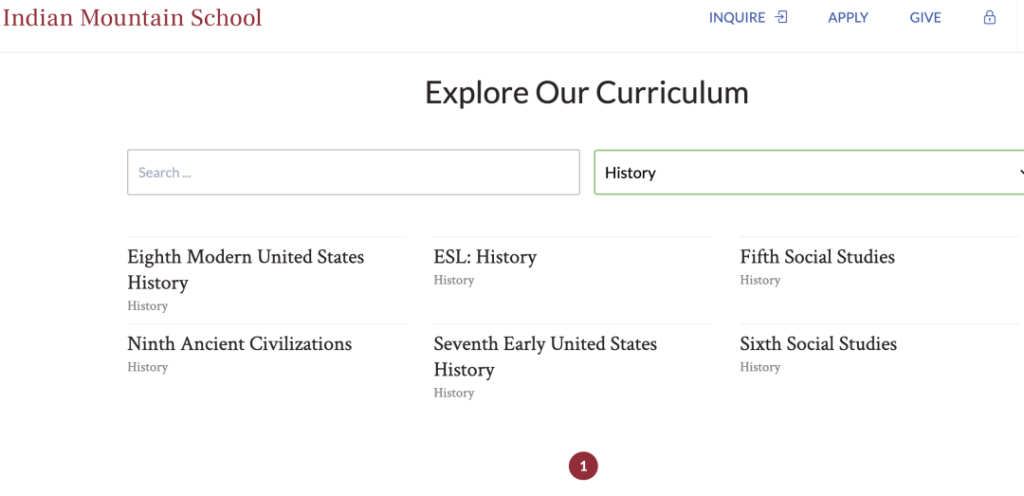
As seen from the image above, Indian Mountain School offers approximately six history courses for grades 5-9, organized by grade level:
- Grade 5: Social Studies
- Grade 6: Social Studies
- Grade 7: Early American History
- Grade 8: Modern American History
- Grade 9: Ancient Civilizations
There is also an ESL-level history course aimed at helping students expand their vocabulary and grammar, and develop learning and writing skills, which is typically a good choice for non-native English speakers, but we won’t delve into it here.
2. Grade 5: Social Studies
The Grade 5 Social Studies course invites fifth-grade students into the world of the upper-grade campus at the beginning of the school year to familiarize them with the skills and tools needed as learners, such as creating PowerPoint presentations or practicing presentation skills.
One project included in the course is a Newscaster project, where students choose a current event, create slides, and present the event to their classmates. The project is repeated four times throughout the year, encouraging students to become better presenters, researchers, and storytellers.
In the course, students also focus on using models– such as Howard Gardner’s Theory of Multiple Intelligences– to understand their strengths as students, and advocate for their own learning. Then, students will learn more about world geography, laying the foundations for map reading skills and focusing on the five themes of geography: location, place, region, movement, and human-environment interaction.
The curriculum covers many group and individual projects, as well as map quizzes and tests, all of which help fifth-grade students understand the fundamentals of geography, which is crucial for their understanding of the scope and sequence of history courses in the future.
Additionally, the course explores interdisciplinary connections between scientific learning about biomes, and sociological learning about geography’s natural and human elements.
3. Grade 6: Social Studies
The specific details of the Grade 6 Social Studies course are not disclosed on the school’s website, but generally, it can be considered an advanced version of the Grade 5 Social Studies course.
4. Grade 7: Early American History
In the Grade 7 Early American History course, students begin studying the history of the founding of the United States. Its main objective is for students to understand American history not only as a series of events, but also to understand the causes and consequences of these events in the development of America. Through outlines, quizzes, exams, and term papers, the course focuses on developing students’ reading, note-taking, writing, research, and other organizational skills.
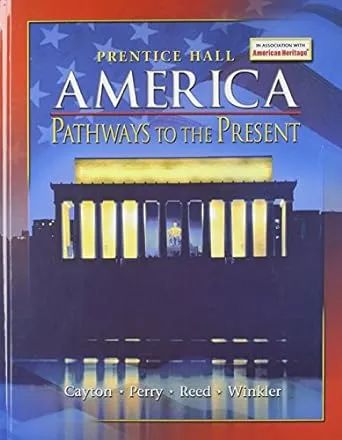
The textbook commonly used for the course is America: Pathways to the Present.
At the beginning of the course, several important skills are introduced: using maps, take notes, outline, and read articles. The course introduces the native people of North America and the Age of Exploration. By the end of the semester, students will have learned about European colonies, especially British colonies.
In the winter term, students will study life in the thirteen British colonies, British/colonial relations, and the American Revolution. They will also conclude with an in-depth study of the development of the American independent government and the Constitution.
As the spring term begins, students will learn about the growth of the nation, the federal government, and the expansion of democracy during the Jacksonian period. The majority of the mid-term of this semester is devoted to studying and writing term papers, researching issues such as westward expansion, and the Mexican War, and maintaining the balance between the North and the South. The semester ends with a study of the end of the Civil War.
5. Grade 8: Modern American History
In the 8th-grade American Modern History and World History courses, students will build upon the skills learned in 7th grade to delve into the 20th century.
Students will explore American and international issues that have influenced the world to better understand the United States’ current global position. The curriculum is supplemented with map studies, documentaries, primary sources, and relevant current affairs articles, emphasizing developing research and writing skills through note-taking, tests, papers, and semester papers. The learning for this academic year will be divided into three main parts. The first is Social Movements, where students will learn about various movements, such as the American Civil Rights Movement and its intersection with other justice struggles in the United States. The second part revolves around “Wars and Conflicts.” Students will analyze many conflicts during the fall semester, starting from the Spanish-American War and World Wars and concluding with the Cold War. Following the final exam, the 8th-grade research paper serves as the culmination of this academic year. Students can choose a topic they wish to explore further and complete a high-quality, high school-level paper by the end of the academic year.
6. 9th Grade: World History/American History
In the 9th-grade history course, students will delve into various subjects like political philosophy, ethics, sociology, and economics to understand how these fields can help solve modern world issues. The goal is to lay a historical foundation for a modern and empathetic grasp of sustainable development, as outlined by the United Nations Sustainable Development Goals. This course will use examples from ancient civilizations to current geopolitical landscapes to develop students’ skills in critical thinking, teamwork, and problem-solving.
In the first semester, students will focus on early human history and the Neolithic Revolution, exploring how economic and social factors led to the first permanent settlements and civilizations.
The second semester will center around Greece and Rome. Students will analyze primary sources to understand how these ancient societies were governed and why they were governed that way. They will engage in discussions and write essays to deepen their understanding.
In the final semester, students will apply their knowledge to propose solutions to global sustainable development challenges, integrating what they’ve learned throughout the year.
7. 10th Grade: American History/World History
Through American history courses, students will gain an understanding of the development of politics, economics, military affairs, culture, and international relations in the United States since its founding, as well as relevant events and figures.
8. 11th Grade: AP United States History/AP World History
AP United States History requires students to develop an understanding of American history from 1491 to the present by analyzing historical evidence and learning to establish connections and historical arguments when exploring concepts such as American and national identity.
AP World History covers a wide range of topics, including cultural, political, and economic changes that have shaped our world. Students will study and analyze primary and secondary sources, as well as practice historical thinking skills.
If students are deciding between the two classes, the article AP United States History and AP World History: What Course Should I Choose? Will help you answer the question.
9. 12th Grade: AP United States Government and Politics
AP United States Government and Politics is a college-level course introducing American government and politics. Through analyzing data and text-based sources, students develop an understanding of the American government and politics, exploring themes such as constitutionalism, freedom, and order, citizen participation in representative democracy, competing interests in decision-making, and political analysis methods.
When choosing courses, students may consider taking at least 2 to 3 years of history courses, such as American History (two semesters), American Government (one semester), or World History or World Geography (one semester). It is also recommended to spend an additional semester studying other social science courses. For students considering humanities as their college application direction, it is recommended to consider taking courses for 4 years.
10. College Application Requirements for High School History Courses
We have written an article discussing Select High School Classes for Ivy League, but in this article, we will dive deeper into the history requirements for college applications. First, universities do not set hard and fast rules regarding this. However, most universities still prefer students to have taken at least 2 standard history courses in high school, such as American History, World History, or European History.
Overall, universities prefer to see students have taken at least 2 to 3 years of social science or history courses during high school.
As shown in the picture above, UCLA requires students to take at least two years of history or social science courses in high school.
If students already have schools in mind they wish to apply to, it’s crucial to check their admission requirements and understand the expectations of the schools in advance!
Especially for students considering humanities as their college major in the future, it’s essential to pay attention to these expectations and strive to excel in this aspect.
Commonly Used History Textbooks in American High Schools
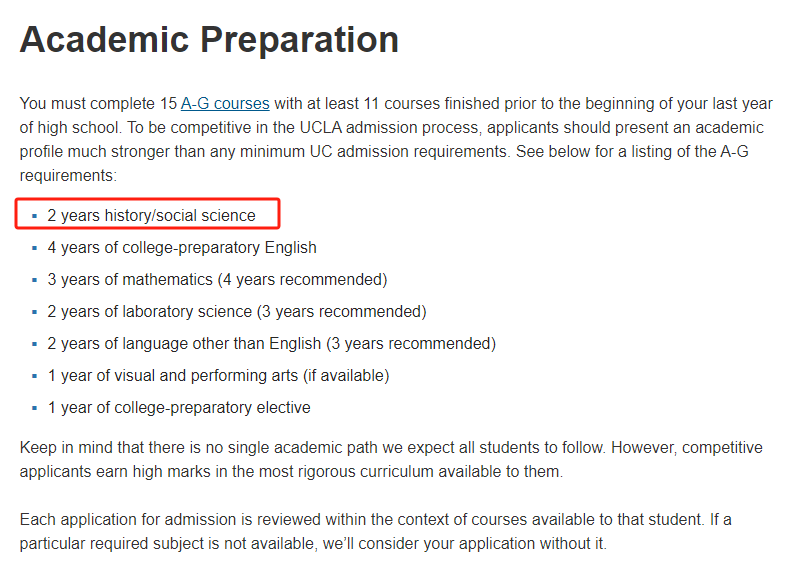
There are no fixed history textbooks in the United States, as different high schools may have different choices. Here, we summarize the history textbooks commonly used by most high schools.
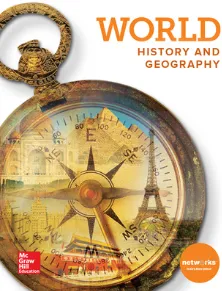
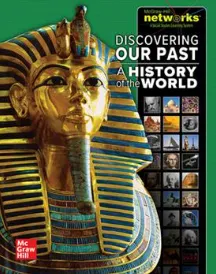
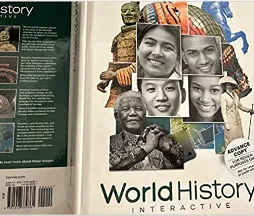

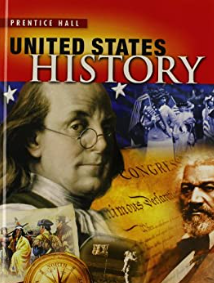
11. Take World History and United States History with Aralia Education
Learning History is an exciting journey that opens doors to new opportunities and experiences. We offer various classes at various levels of History, designed to provide high school students with the necessary skills and knowledge to excel in History and provide foundations to succeed in high school and college courses.
- If you want more information about the general high school curriculum, please refer to Guide to the American High School Curriculum.
- A Complete List of All High School Classes can be found here.
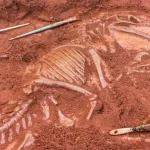
Junior Boarding School History and Geology provides international students with an introduction to the US school curriculum, focusing on the subjects of History and Geology. Over the 10-class program, students will engage in interactive lessons, discussions, and hands-on activities to develop a deeper understanding of these academic disciplines









